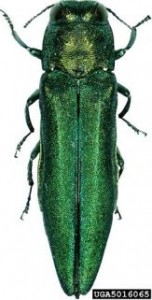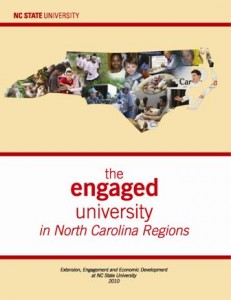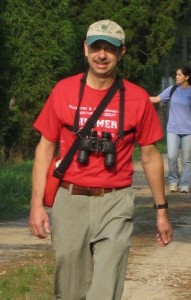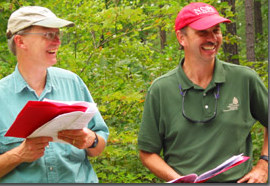NEWS RELEASE – November 1, 2010 – FOR IMMEDIATE RELEASE
Media Contact:
Caroline Barnhill, News Services, 919/515-6251 or caroline.barnhill@ncsu.edu
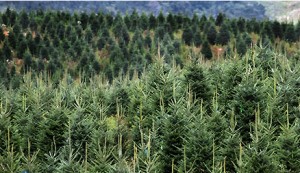
New research results from NC State can save tree farmers from costly deer damage
Hair clippings, cayenne pepper and raw eggs – these are just a few of the odd ingredients recommended to keep those pesky deer away from your backyard garden. But what about farmers who have hundreds of acres of Christmas trees to protect?
North Carolina State University extension specialists have now found an effective, inexpensive alternative to available commercial products to keep the deer at bay.
The NC State researchers, led by Jeff Owen, a Christmas-tree production specialist, are exploring the use of inexpensive, inedible food byproducts – such as dried blood and egg powder – typically sold in bulk to the pet-food industry to be used for flavoring. These byproducts cost 85 to 90 percent less than their commercial counterparts, and are found to be just as effective. Using these repellents – which can be purchased locally in bulk – may provide tree farmers an early Christmas present.
“These products have an unappealing taste, but the decaying smell actually elicits a fear response in the deer and keeps them away from the crops,” Owen says. “We’re continuing to look at similar products – like liver powder and fishmeal – to see if they work the same way.”
Owen says that Christmas-tree farms in North Carolina have long dealt with deer who harm the trees by horning (thrashing market-sized trees with their antlers to mark territory) and browsing (eating the buds and shoots off young trees.) Not all Fraser fir growers contend with these problems, but where deer populations are high, deer can eat young trees down to a pencil-sized stem. Damage can be so extensive that growers have abandoned fields of young trees. Hard-pressed growers will use a combination of selective hunting, deer repellents and food plots to divert deer from their trees.
“We initially looked into the effectiveness and feasibility of using different fencing and commercial repellents to protect trees and crops from deer. Both are successful, but are extremely expensive,” Owen explains. “When you take the commercial deer repellent that you find at your local hardware store and use it on a farmwide basis, you see growers budgeting as much for deer repellents as most of their other pesticides.” Commercial deer repellents are so costly that Christmas tree growers use them at half-strength to be able to afford using them at all.
According to Owen, commercial deer repellents cost at least $18 per pound, while the dried blood or egg powder, which can be bought in bulk from agriculture suppliers, runs less than $2 per pound. When you consider that growers use 10 pounds per acre and make two or three applications over the fall and winter, the savings are significant.
“The threat of deer is very important to our local growers, since the impact of their browsing and horning can cost thousands of dollars in lost product and increased expense. And with the economy in the state it is, the growers can’t pass expenses associated with deer damage onto the consumer, because the wholesale market would not support it,” Owen says. “So, the deer have been, literally, eating into their profit. We hope that finding an inexpensive deer repellent alternative will not only help save their crop, but also help them to stay profitable.”
But before the home gardener runs to place orders for rancid egg powder, Owen offers some words of wisdom.
“Our growers get these products in 50-pound bags or even 2,000-pound pallets, and have to mix the egg powder or dried blood into a solution to be sprayed. It’s not the prettiest process,” laughs Owen. “For the average homeowner, the pre-made commercial deer repellent should be more than adequate, provided you rotate repellents from time to time.”
NC State University and the N.C. Christmas Tree Association provided support for the research.
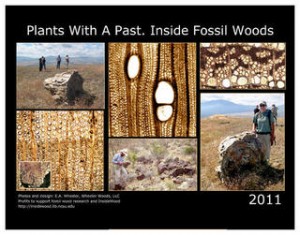 Fossil woods from Yellowstone National Park, Big Bend National Park, Florissant Fossil Beds and John Day Fossil Beds National Monuments, Ginkgo Petrified Forest, and the Denver Basin all have stories to tell about ancient forests.
Fossil woods from Yellowstone National Park, Big Bend National Park, Florissant Fossil Beds and John Day Fossil Beds National Monuments, Ginkgo Petrified Forest, and the Denver Basin all have stories to tell about ancient forests.


